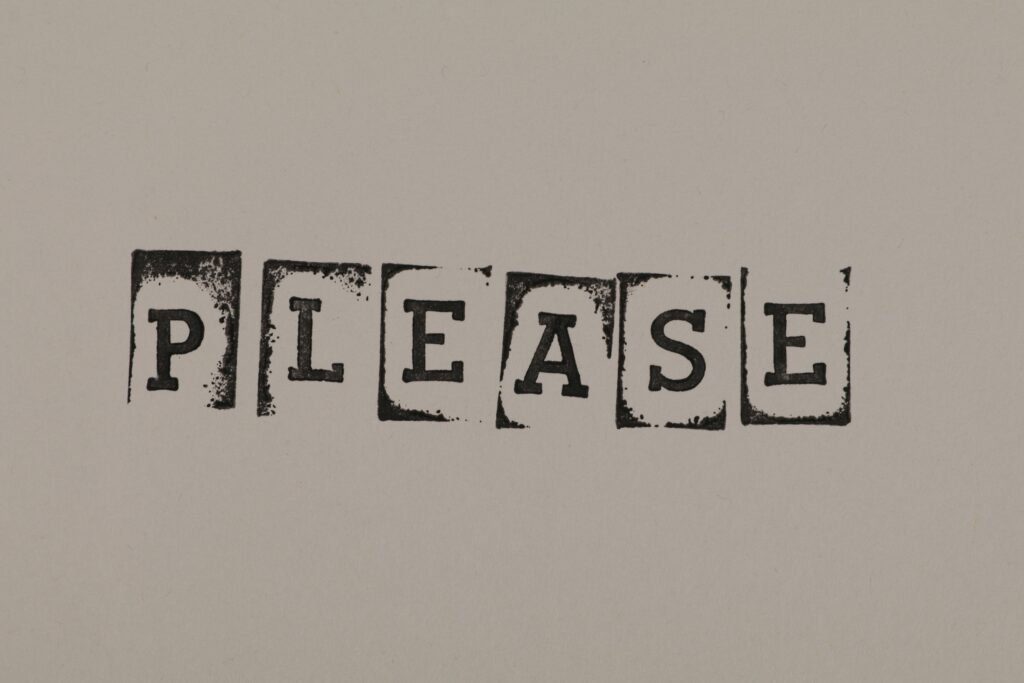It’s the rare person that can’t distinguish someone’s tone while you’re speaking to them in person or on the phone (yes, teens, people still do that), however, unbeknownst to many, your text communications with others, be it through text message or email will often have an implied tone as well.
Normally, this isn’t an issue, as the vast majority of humans understand how to compose a written message that isn’t going to want the other person to come through the screen with a fork, however, it’s the more subtle tone and verbiage that can get you into trouble, even if the intent of your message was genuine.
What may seem like clear, concise, and direct communication can often come off in a way where the reader can “hear” the tone of the writer, which in turn can cause the reader to become aggravated and respond in kind, causing the back and forth to end up like a dumpster fire.

You may be thinking, “that’s all fine and good, but can you give me an example of a poorly toned message and how to fix it?” Glad you asked — we certainly can.
Take this portion of an email, for example:
There is no signage or anything indicating that this is an actual real company. Who did you hire???
While on the surface, this message would appear to be an inquiry as to which company was hired, however, on a second (or third) read, you can feel the animosity and underlying contempt attached to the pixels on the screen.
While the writer of the message may in fact be angry and letting their emotions control their fingers on the keyboard, that’s not an assumption that’s safe to make. It’s just as likely the writer is a very (maybe overly) direct communicator and doesn’t like to mince words. You can see how this can cause problems as the reader and person having to respond.

Anytime the tone could be implied either way, it’s a safe bet that you should re-word your message. For example, the quote above could be reworded as such:
Many construction companies will place signs in their work area providing information for others as to who is completing the work. I haven’t seen any such signs around here, which has me concerned about the validity of the people doing the work. Can you please provide me with information on the company/contractor that is working in the area?
While the reworded message is longer, the tone has obviously changed from the previous message to more of a concerned/curious tone rather than a demanding, accusatory one. Note the use of the “emotion” word: ‘concerned’ — allowing the writer to convey their feelings without coming across as crass.
What did our parents always drill into us as wee ones growing up? Manners matter. The simple inclusion of the word ‘please’ in the message can go a long way in keeping your tone neutral, if not friendly. The reader is far more likely to want to help you find your answers if they don’t feel like they’ve been backed into a corner.

Don’t get me wrong, not every email needs to have a neutral or friendly tone. There are plenty of times when a direct, to the point, “oh s&!t, I’m in trouble” email is necessary. The important and often difficult part is recognizing the tone that your message is conveying and taking the proverbial step back and asking yourself, “is this the impression I’m really trying to get across?”
For those who have doubts about their ability to look at a message in an objective way, a surefire failsafe is to have a friend or colleague (who’s allowed to see) read your message for tone.
A second set of eyeballs and an unbiased, unaffected third party can do wonders for your tonality, which hopefully will help you understand the nuances so that you can see them yourself down the road.